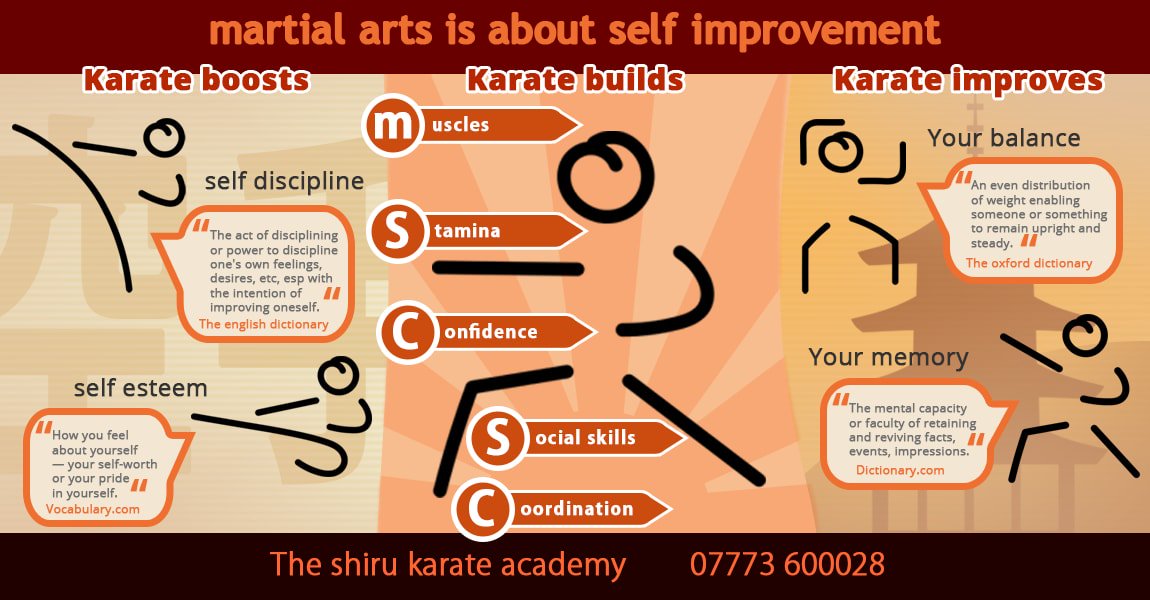Martial Arts Training: Locating The Right Equilibrium Of Speed And Precision
Martial Arts Training: Locating The Right Equilibrium Of Speed And Precision
Blog Article
adult kung fu -Elgaard Wooten
Imagine you're standing beside a tightrope, prepared to take your initial step. As relevant webpage gather your focus, you understand that this fragile balancing act is not so various from the globe of fighting styles.
In fighting styles training, finding the appropriate equilibrium of speed and accuracy is crucial for success. But how do you strike that best balance? It's an inquiry that has actually captivated professionals for centuries, and in this conversation, we will explore the value of rate and precision, uncover training techniques to achieve equilibrium, and deal with the usual obstacles that develop along the road.
Prepare to discover the keys that will boost your fighting styles journey to new elevations.
The Relevance of Speed and Accuracy
When it pertains to fighting styles training, rate and accuracy are essential components that can make all the distinction in your performance. Achieving the appropriate balance between speed and precision is necessary for effective fighting styles techniques.
Speed allows you to react quickly to your opponent's activities, offering you a benefit in fight. It allows you to carry out strikes and obstructs promptly, capturing your challenger off-guard.
On the other hand, accuracy makes sure that your techniques land properly and with optimal influence. https://mylesyisbk.blogs100.com/34353715/the-psychology-of-self-defense-comprehending-fear-and-empowerment allows you to hit the target with precision, boosting the efficiency of your strikes.
Training Techniques for Accomplishing Balance
To establish the ideal equilibrium in between speed and precision in your martial arts training, it's important to carry out reliable strategies that maximize your performance.
One training approach is to concentrate on certain techniques and drills that target both rate and accuracy. By practicing high-speed motions with precision and control, you can improve your general performance.
https://raymondgsbks.blogoxo.com/34031915/master-the-art-of-self-defense-release-your-inner-warrior-with-self-defense-classes is to integrate interval training, rotating between high-intensity ruptureds of speed and durations of remainder or slower movements. This assists develop endurance and dexterity while additionally allowing you to fine-tune your precision.
Additionally, practicing mindfulness and mental visualization can enhance your balance by training your mind to focus on both speed and accuracy simultaneously.
Common Challenges and Just How to Conquer Them
One usual difficulty in martial arts training is preserving an equilibrium between rate and accuracy, yet it can be conquered with constant technique and focus. Below are a few ideas to help you overcome this difficulty:
- Concentrate on appropriate strategy: Make the effort to discover and grasp the appropriate type and method for each move. This will certainly help you create accuracy and precision in your strikes and motions.
- Gradually raise rate: Start by exercising slowly and slowly enhance your speed as you come to be a lot more comfy with the method. This will certainly aid you maintain control and accuracy while implementing steps at a faster speed.
- Practice timing and response drills: Integrate drills that focus on timing and responding to your opponent's movements. This will improve your ability to strike with speed and precision in a real fight scenario.
Verdict
As you conclude your fighting styles training, you have uncovered the delicate balance of speed and accuracy. By focusing on both facets, you have obtained the ability to perform flawless strategies with lightning-fast speed.
It's no coincidence that your commitment and perseverance have led you to this degree of mastery. Accept this newly found balance, and continue to improve your skills, recognizing that rate and accuracy are the key to coming to be an exceptional martial artist.
